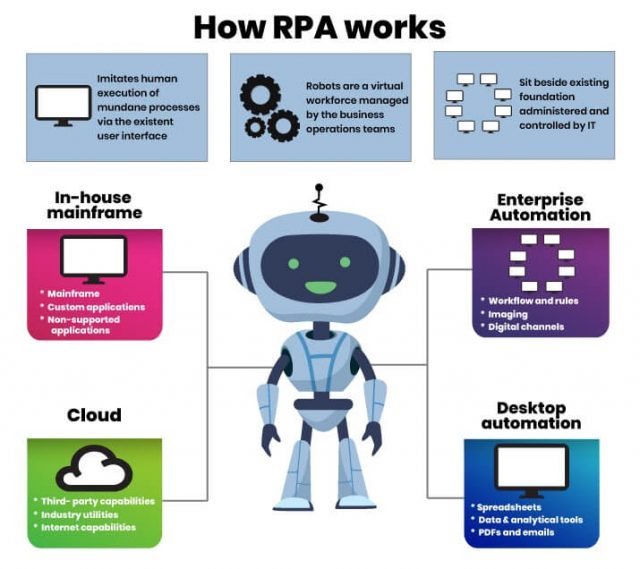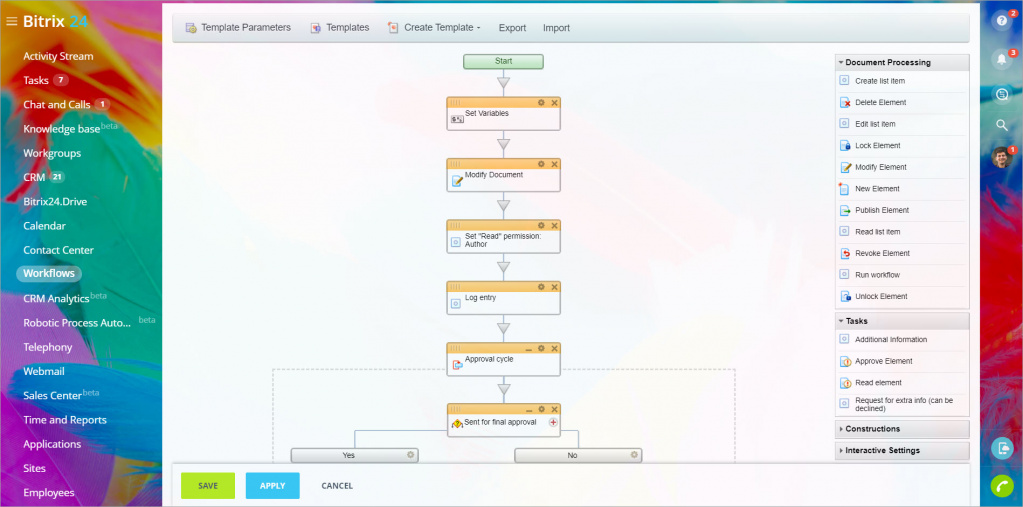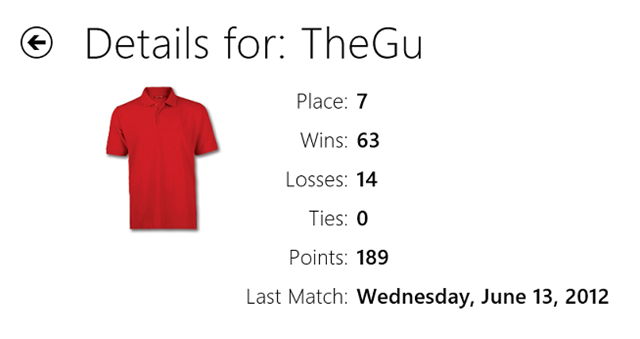

We can use this as our trigger for the bot. There’s no event-based API either, however, a bot can wait for a file in a given location to be created. using the external worker feature of Flowable), but polling doesn’t feel very 21st Century. An MPAD bot can make web service calls, so it would be possible to have a bot polling Flowable periodically for work (e.g. This means we’ll need to have a bot constantly running, waiting to get some trigger and input to run.

There’s no API (except from Microsoft Power Automate Cloud) or command line interface. The first challenge is that there is no way to invoke a bot created with MPAD standalone other than click a button from within the MPAD app. Like any good how-to, you can take it further to make it do more! The example I’m going to use will just take a given website, open a browser for the site, grab the page title and close the browser. It allows you to do all the RPA tasks that you might expect, including opening and manipulating documents or websites. Microsoft Power Automate Desktop (I’ll use MPAD from now on) is free for Windows 10 and will be built into Windows 11.

Microsoft has made RPA a commodity, so let’s take full advantage of that! I’m going to show a way of directly driving their free desktop RPA as a proof of concept. The full and complete way of doing this is by using Microsoft Power Automate Cloud to remotely drive Microsoft Power Automate Desktop, but that requires fees and complexity. In this post, I’m going to show you how to run Microsoft’s RPA product from Flowable.


 0 kommentar(er)
0 kommentar(er)
